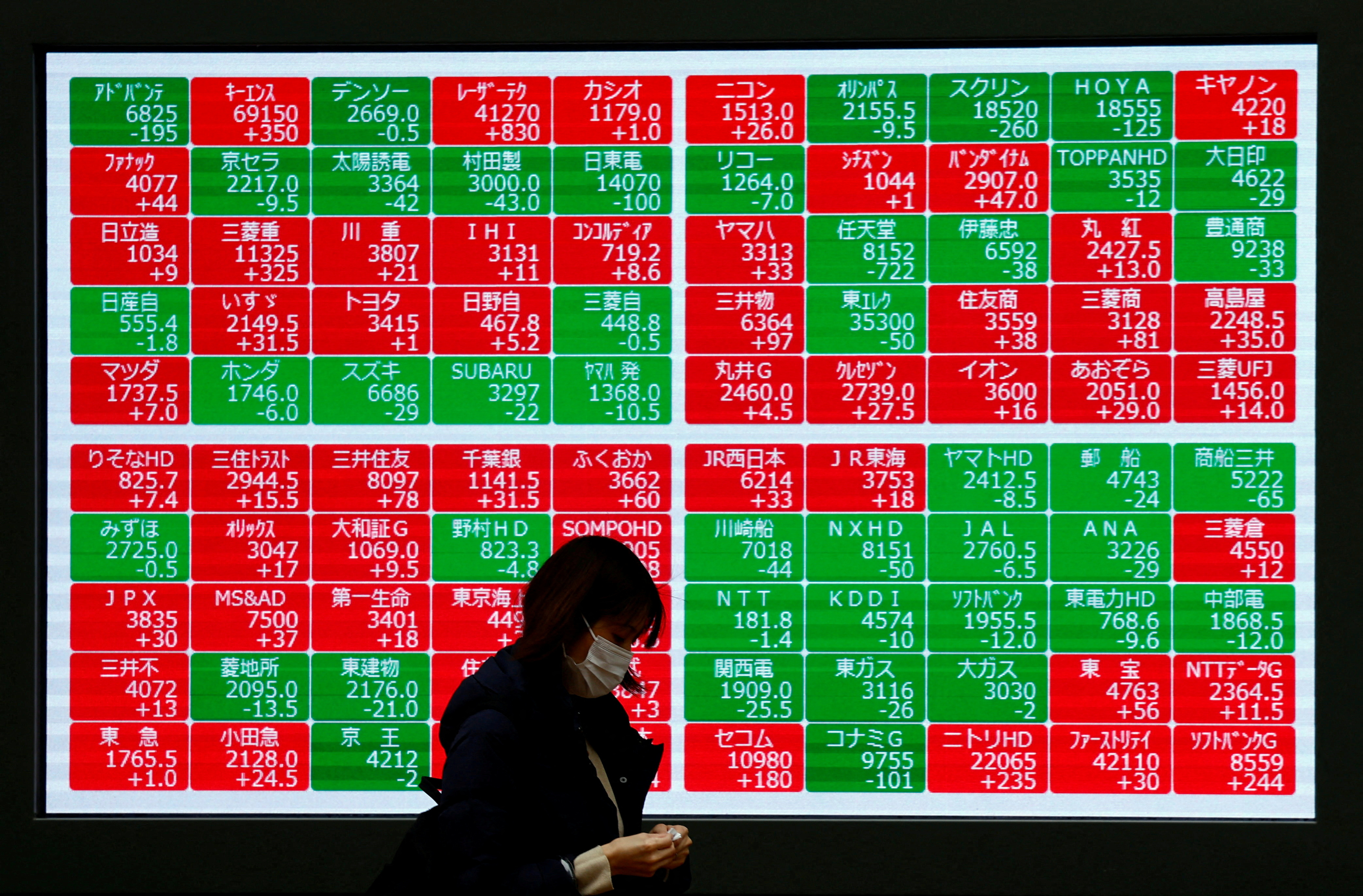
Report on Environmental Health Disparities in Latino Communities in California
Introduction
A new data tool developed by researchers at UCLA, the Latino Climate and Health Dashboard, reveals significant environmental health disparities between Latino and white neighborhoods in Los Angeles and across California. This tool provides critical insights into public health concerns where climate change intersects with immigration policy impacts, aligning with the Sustainable Development Goals (SDGs), particularly SDG 3 (Good Health and Well-being), SDG 10 (Reduced Inequalities), and SDG 13 (Climate Action).
Development and Purpose of the Dashboard
- Developed by UCLA’s Latino Policy and Politics Institute with support from the California Wellness Foundation.
- Consolidates county-specific data on extreme heat and air pollution affecting Latino communities disproportionately.
- Compares Latino-majority neighborhoods (over 70% Latino residents) with non-Latino white-majority neighborhoods across 23 California counties.
- Represents over 90% of California’s Latino population.
- Designed to be user-friendly with interactive maps and downloadable fact sheets to assist policymakers, community advocates, journalists, and researchers.
Key Findings Highlighting Environmental Disparities
- Extreme Heat Exposure:
- Latino neighborhoods experience approximately 23 more extreme heat days annually than non-Latino white neighborhoods.
- In Los Angeles County, Latino neighborhoods experience 25 extreme heat days per year versus 8 days in comparable white neighborhoods.
- Environmental Infrastructure:
- Latino neighborhoods have fewer tree canopies (4% land coverage) compared to non-Latino white neighborhoods (9%).
- More impervious surfaces and older housing lacking modern cooling systems exacerbate heat risks.
- Occupational Exposure:
- Residents in Latino communities often work in outdoor or heat-exposed industries, increasing vulnerability.
- Health Outcomes:
- Higher rates of asthma and emergency room visits linked to environmental factors.
Implications for Sustainable Development Goals
- SDG 3: Good Health and Well-being – The dashboard highlights health risks such as heat-related illnesses and respiratory conditions disproportionately affecting Latino communities.
- SDG 10: Reduced Inequalities – By exposing systemic neglect and environmental injustice, the tool supports efforts to reduce inequalities in health and environmental conditions.
- SDG 11: Sustainable Cities and Communities – Data on housing quality and urban heat islands inform sustainable urban planning and infrastructure improvements.
- SDG 13: Climate Action – The dashboard provides localized data to support climate resilience strategies targeting vulnerable populations.
Community and Policy Impact
- The dashboard empowers community organizations and policymakers with reliable, localized data to advocate for equitable public health and environmental policies.
- Local groups, such as the Latino Coalition for a Healthy California, plan to leverage the tool in legislative discussions, combining quantitative data with community experiences.
- Concerns have been raised about the compounded effects of climate risks and immigration enforcement actions (e.g., ICE raids), which increase fear and reduce healthcare access in Latino communities.
- Fear of immigration enforcement discourages outdoor activity during extreme heat, increasing risks of heat-related health issues.
- The lack of mandated air conditioning in rental units and limited access to cooling centers further exacerbate vulnerabilities.
Conclusion
The UCLA Latino Climate and Health Dashboard represents a significant advancement in addressing environmental health disparities and supports the achievement of multiple Sustainable Development Goals. By providing accessible, data-driven insights, it enables targeted interventions to improve health outcomes, reduce inequalities, and enhance climate resilience in Latino communities across California.
1. Sustainable Development Goals (SDGs) Addressed or Connected
- SDG 3: Good Health and Well-being
- The article highlights public health concerns related to environmental health disparities, asthma rates, emergency room visits, and heat-related illnesses in Latino communities.
- SDG 10: Reduced Inequalities
- The article discusses disparities between Latino and non-Latino white neighborhoods in exposure to extreme heat, air pollution, and inadequate infrastructure, indicating social and environmental inequalities.
- SDG 11: Sustainable Cities and Communities
- The focus on urban neighborhoods, housing quality, tree canopy coverage, and infrastructure relates to making cities inclusive, safe, resilient, and sustainable.
- SDG 13: Climate Action
- The article addresses the impact of climate change, particularly extreme heat days, on vulnerable Latino communities and the need for equitable climate responses.
- SDG 16: Peace, Justice, and Strong Institutions
- The mention of immigration policies and ICE raids affecting access to healthcare and community well-being connects to promoting inclusive societies and access to justice.
2. Specific Targets Under Those SDGs Identified
- SDG 3: Good Health and Well-being
- Target 3.9: Reduce the number of deaths and illnesses from hazardous chemicals and air, water, and soil pollution and contamination.
- Target 3.8: Achieve universal health coverage, including access to quality essential health-care services.
- SDG 10: Reduced Inequalities
- Target 10.2: Empower and promote the social, economic, and political inclusion of all, irrespective of race, ethnicity, or other status.
- SDG 11: Sustainable Cities and Communities
- Target 11.6: Reduce the adverse per capita environmental impact of cities, including air quality and waste management.
- Target 11.7: Provide universal access to safe, inclusive, and accessible green and public spaces.
- SDG 13: Climate Action
- Target 13.1: Strengthen resilience and adaptive capacity to climate-related hazards and natural disasters.
- SDG 16: Peace, Justice, and Strong Institutions
- Target 16.6: Develop effective, accountable, and transparent institutions at all levels.
- Target 16.b: Promote and enforce non-discriminatory laws and policies for sustainable development.
3. Indicators Mentioned or Implied to Measure Progress
- Extreme Heat Days
- Number of extreme heat days experienced annually in Latino-majority versus non-Latino white-majority neighborhoods (e.g., 25 days vs. 8 days in Los Angeles County).
- Air Pollution
- Levels of fine particulate matter (PM2.5) in neighborhoods, as referenced in the dashboard data.
- Health Outcomes
- Rates of asthma and emergency room visits related to environmental health risks.
- Environmental and Socio-demographic Factors
- Percentage of land with tree canopy coverage (e.g., 4% in Latino neighborhoods vs. 9% in non-Latino white neighborhoods).
- Housing quality indicators such as presence of modern cooling systems.
- Employment in heat-exposed industries.
- Access to Healthcare
- Implied measurement of healthcare utilization rates affected by immigration enforcement fears.
4. Table: SDGs, Targets and Indicators
| SDGs | Targets | Indicators |
|---|---|---|
| SDG 3: Good Health and Well-being |
|
|
| SDG 10: Reduced Inequalities |
|
|
| SDG 11: Sustainable Cities and Communities |
|
|
| SDG 13: Climate Action |
|
|
| SDG 16: Peace, Justice, and Strong Institutions |
|
|
Source: latimes.com







